Belltrees eco warriors
THE Belltrees Public School has undertaken a wave of regenerative agriculture initiatives to teach kids how to create a more drought resilient future.
Shane Roberts, Belltrees Public School Principal said the idea sprouted when the school was faced with extreme drought conditions in 2019.
“The school has always had a rich agriculture focus, but the drought kicked us and we sort of had this spot where we had agriculture but no real system in place,” Mr Roberts said.
“It was a question of how do we get the kids consistently running agriculture for twelve months?” he said.
“At the end of 2019, I asked my Parents and Citizens (P&C) president how we could make it better and he talked about regenerative agriculture, which is very wide encompassing but is pretty much about soil health.
“We got funding from local businesses to take our stage three boys and their families down to the Mulloon Institute at the beginning of 2020 to learn about how they are doing regenerative agriculture . . . a month after that trip we were in lockdown but we could start.
“The younger we get the kids looking and playing with the environment in a way where they can go, ‘how can I make the environment better?’ will hopefully mean a better outcome for all of us,” said Mr Roberts.
A school tour revealed a long list of initiatives including waste reduction bins, an orchid, soil testing experiments, an up and coming glasshouse, paddock to plate garden beds, chicken coups and two ponds surrounded by contour banks.
Reducing waste
Belltrees has significantly reducing their waste from three red bins to one half-full bin each week.

“Blue lid is return and earn, red is waste, yellow is mixed recycle and black is for recycled plastics,” explained Mr Roberts.
“You can return that to Woolworths or Coles and they turn soft plastics into hard plastics,” he said.
“Those hard plastics are then used for things like cars and construction materials.
“Parents said to us, it’s tricky during the drought, if we have all of these reusable things and we have to wash them out.
“So we tried to balance it out and luckily a lot of of the plastics can be put into the red-cycle bin,” said Mr Roberts.
Garden beds
There are two irrigation beds, two wicking beds and two pollinator garden beds, used to promote insect growth and teach the students about the ‘paddock to plate’ concept.
“Our main focus here is local farming, the kids are starting to realise a lot of our food comes from other states,” Mr Roberts said.
“We’ve signed up for Oz Harvest as well, they have donated a large amount of cooking utensils to help with our no wastage goal,” he said.
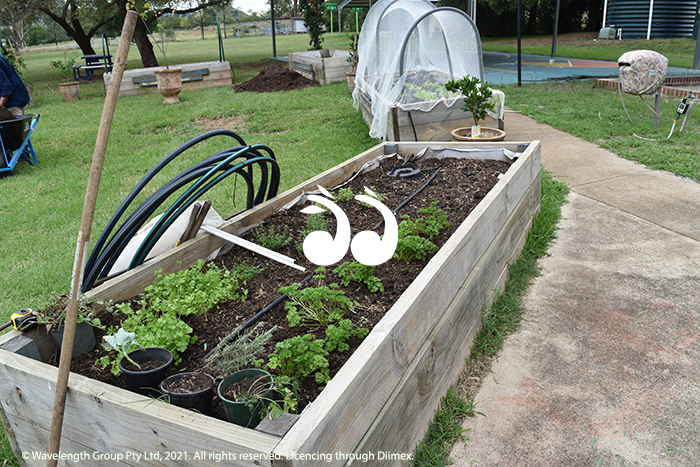
Belltrees are currently growing radishes, beetroot, lettuce, rocket, spinach and when harvest time arrives, students take home produce packs to their families.
“We spend the time trying to grow things for kids to be able to snack on and we’re now in the process of installing wicking beds,”Mr Roberts said.
“For a wicking bed, instead of being a complete soil bed, the bottom layer is rock, the second layer is plastic sheets and roots can go down and sit in those troughs rather than being only in soil,” he said.
“Soon we can compare the irrigated beds with wicking beds,” he said.

Greenhouse dreams
Mr Roberts said his dream goal is to nurture native plants in the Belltrees greenhouse, which is currently under construction.
“The other week we visited the sustainability hub in Muswellbrook and they had their greenhouse set up beautifully,” Mr Roberts said.
“I want to grow native trees in there and ideally I’d love to have a letterbox system where people can drop off native seeds,” he said.
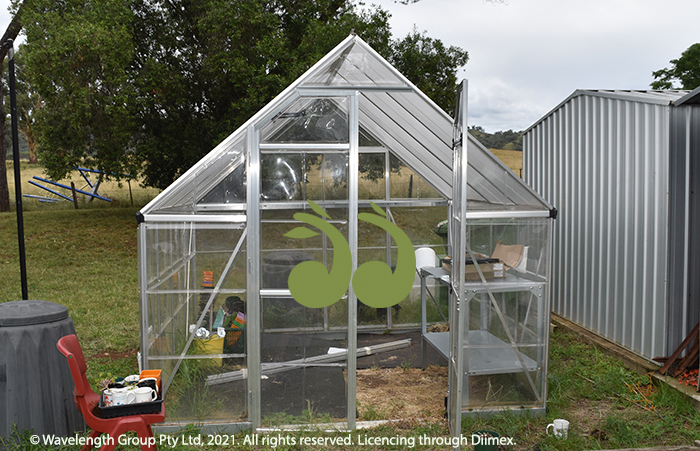
No waste
From compost bins and worm bins, right through to paddock patterns, Belltrees has endeavoured to create a no-waste agriculture cycle.
“The idea is, we try to fence off the sheep so they can target feed an area without getting worms, their manure goes into the soil,” Mr Roberts said.
“The chickens are in there with them so they actually pick and dig up the manure, breaking it down and leaving their nitrogen,” he said.
“We then don’t come back to that patch for between 90 to 120 days, to allow that land to recover.
“It’s a cell pattern for small paddocks and this is where we grid out the sheep movement.
“The chicken coup plays a big element in our waste reduction too, because we’re able to put all of our weeds and food scraps in the chicken coup that the chickens can process for us,” said Mr Roberts.
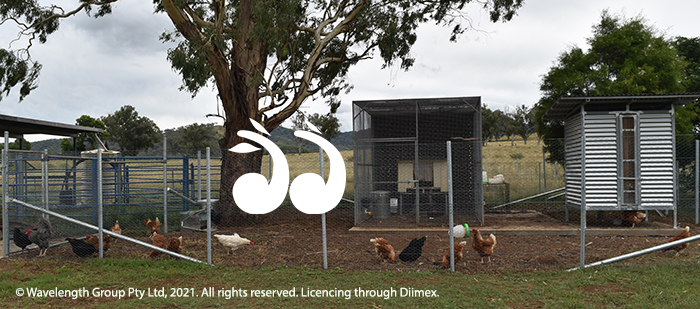
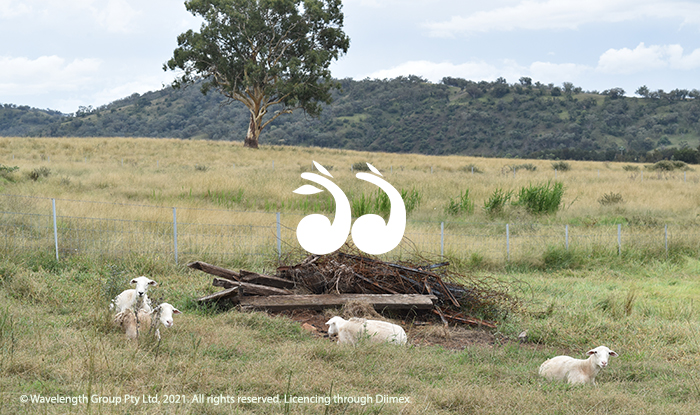
A seperate chicken caravan is also used to collect and strategically distribute chicken manure and black bins are used for slow composition for non food items, with all remaining food fed to the worm bid.
“It’s unbelievable the importance of soil and how much we’re now realising what lives in our soil and how diverse it is,” Mr Roberts said.
“We’re automating the system as much as we can . . . we want to get to the point where we can have an electric gate so they can roam the paddock, we just don’t want them to be subject to wild dogs,” he said.

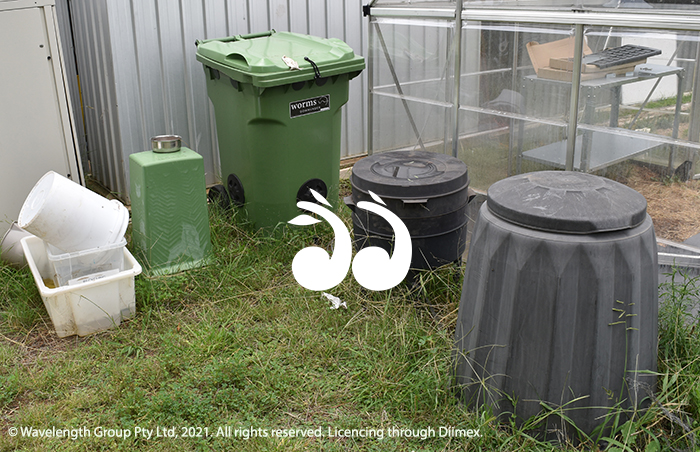
Soil testing
The students are beginning to test different methods of soil activation, with great success so far.
The first soil patch test layered hardwood, softwood, leaves, grass clippings and leave clippings, which created pigweed (amaranth).
“The idea is, the hard wood breaks down slower, the soft wood faster, the leaves a lot faster so the top stuff can be constantly fed by the soil, creating a constant food source,” explained Mr Roberts.
“It went absolutely bananas, it was nine foot tall and so thick and the sheep absolutely loved it,” he said.
“There’s no other sign of this growing anywhere else . . . it’s amazing that by activating that soil in a different way, the seed bank in that soil has release this compared to the surrounding grass,” said Mr Roberts.

Orchid haven
The school recently planted orchid consisting of apple, nut, nectarine and orange trees. Mr Roberts hopes to plant olives and bananas next to create the ultimate polyculture orchid.
“One of the big things with regeneration agriculture is trying to step away from monocultures, so we went with as many different varieties as we could get our hands on,” Mr Roberts said.
“The way the kids have gone about incorporating things back in their homes, a lot of them have started composting at home, made their own veggie patches, planted more trees at home, got more chooks,” he said.
“It’s incredible that by using this more hands-on approach, the flow on effect it’s having,” he said.
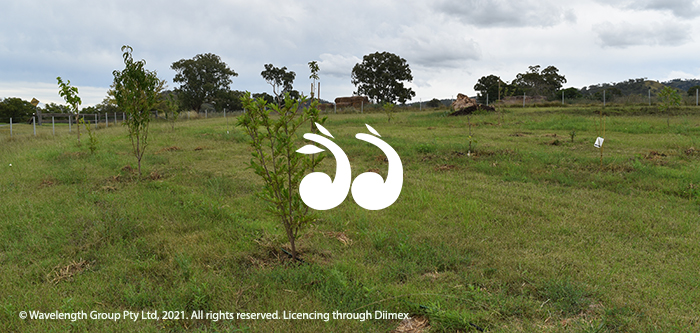
Many businesses have contributed towards the successful Belltrees initiatives, including Toyota who donated $500 towards the orchid and Muswellbrook carwash who provided recycled bottles used to water trees.
“Its so amazing the amount of people that came on board to build this narrative,” Mr Roberts said.
“None of this would be possible with out a lot of community support . . . they go above and beyond and it’s not the easiest time,” he said.
“For example, the guys at Bloom’s Pumps and Irrigation helped us rig bottles with a dripper feed,” he said.
“When it fills up, the bottle will slowly provide water to keep the tree alive,” he said.

Ponds and water filtration
Belltrees have excavated two ponds in a shared paddock behind the school, so rainwater from the hillside can be filtered before entering the Hunter River, which is located down the hill on the opposite side of the school.
Contour banks created around the ponds will not only direct water towards the Hunter River but will slow down water flow, reducing top soil contamination.
“We got this idea because our shed used to get flooded and we would be left with a lot of silt,” Mr Roberts said.
“This whole paddock used to be complete dirt . . . it’s incredible to see the amount of life that’s come back into the land,” he said.

“The design of the top pond is to run around the small pond and feed the orchid, before running down to the Hunter River,” he said.
“Top soil running down the hill will hit the contour banks and stop the rush before entering the ponds and then all the donated reeds and grasses are designed to filter the water so it enters the Hunter River in a more healthy condition,” he explained.
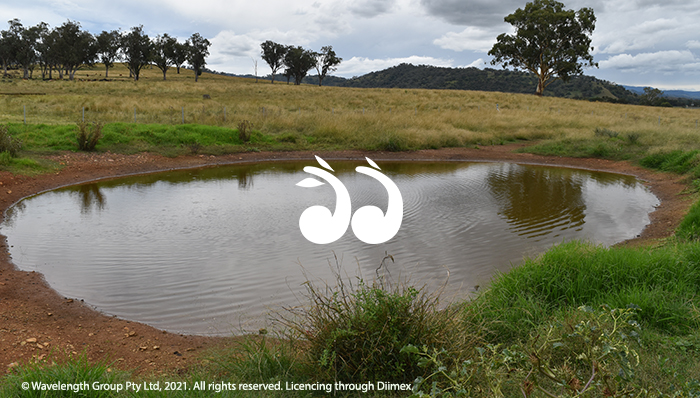
Mr Roberts said the ponds have the potential to eventually hold enough water to assist soil health during drought conditions.
“Regeneration may allow us to make droughts easier, because when the soil is good, it holds ridiculous amounts of water,” he said.
“Our next step is to create a native patch, with native trees and another ground crop towards the bottom, which the water will also feed,” he said.
“We’ll continue trying to record our soil PH levels and in the future we’d love to get carbon testing done on the soil to see how we’re tracking,” said Mr Roberts.

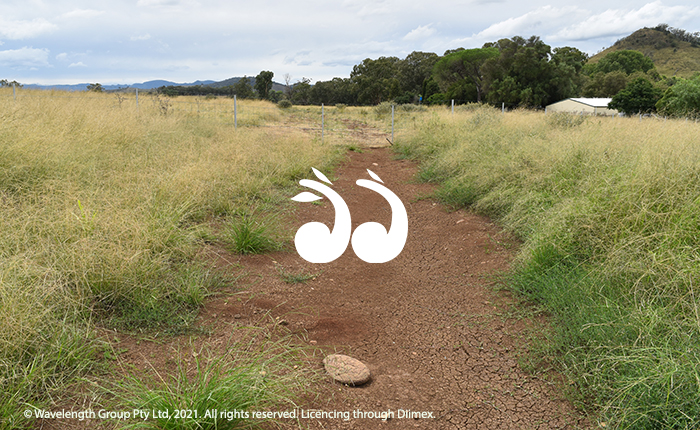
Experimental learning environment
Mr Roberts admitted he still has a lot to learn but is focused on giving kids an experimental place to play with and learn in.
“Now everything’s in place, it’s all about getting the kids to problem solve and come up with solutions,” Mr Roberts said.
“At the moment we’re just trying to create an environment so they can learn stuff I didn’t learn until I was 32,” he said.
“Kids will usually do problem solving based on what they think is the answer, but because we’re watching and reacting rather than making something happen, the kids have now learnt that trick of asking, ‘what happens if?’ and then we’ll experiment and test it,” he said.
“Normal High School ag, it’s around year 9 or year 10 is when they first get into agriculture, whereas I have a kindy who will now have 13 years of agricultural knowledge,” said Mr Roberts.
Tags: agriculture industry, Belltrees Public School, regenerative agriculture, Shane Roberts
 scone.com.au
scone.com.au